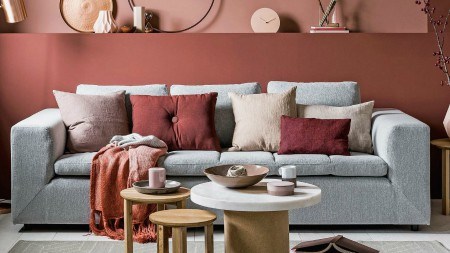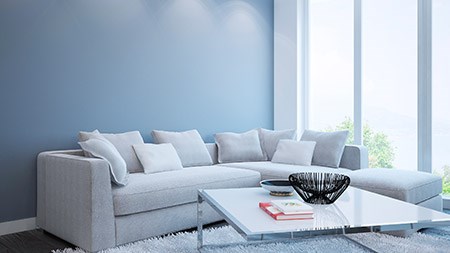Creating colour schemes for kids’ bedrooms can and should be a fun experience. Knowing a bit about the therapeutic qualities of colours can help you create a child's bedroom that is not only a happy space, but also one that nurtures learning skills and provides a safe haven.
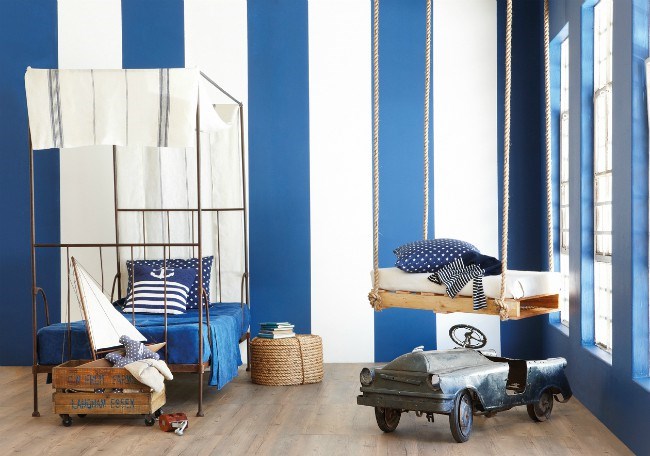 Image: Plascon.co.za
Image: Plascon.co.za
Any parent knows that children have their own distinct personalities with individual tastes. They have colours they like and colours they don't, depending on their age and character. I have learnt through experience, and it is generally accepted, that that it is wise to let your child have a say in the colour scheme of their bedroom.
This may be a selection of colours that you would not have chosen yourself (in a million years), but whatever they are, try to introduce them into the room as they will have positive results in terms of mood and behavior.
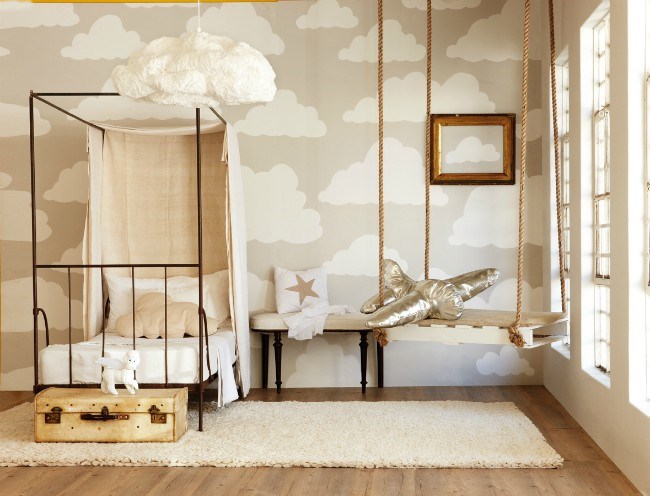
The reason for this is, as children develop they are drawn to colours intuitively that meet the emotional and energetic needs of the child at that specific time.
it is not necessary to paint the walls in the colour they choose but you could introduce the colours into the bed linen, curtains, rugs or accessories.
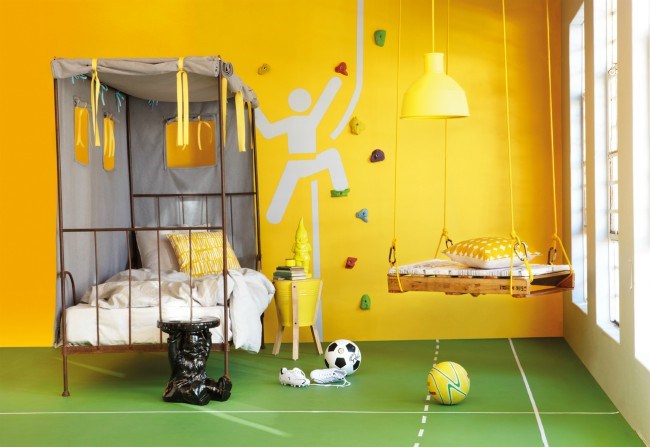 Here are some tips to bear in mind when choosing colours for kids bedrooms:
Here are some tips to bear in mind when choosing colours for kids bedrooms:
• A more sensitive child will naturally be drawn to softer and lighter colours, while an active child will be drawn to brighter colours. The trick is to create a good balance.
• Red is an action oriented colour and stimulates movement and activity. This is a good colour for a kids playroom or bedroom but if you have an over active child, you may want to have red in small doses, especially if you want the bedroom to be a calming, restful space.
• Pink is less stimulating, it is calming, reassuring and uplifting. Pink also helps build self confidence and self love.
• If a room is going to be used for study purposes, be aware that bright colours can be distracting when concentration is needed. Once again in this case rather use bright colours as accessories. Blue is a non distracting colour that aids concentration, a good choice if the room is going to be used for studying.
• Bright yellow stimulates the brain but can be a bit too mentally stimulating.
• If your child has a brightly coloured room, consider creating a quieter corner where colours are softer. Pale yellow is warm and comforting and will aid the mental process without being over stimulating.
• Orange is a colour not often considered for bedrooms, but if your child is drawn to it, try and introduce it into the decor scheme. orange is friendly, sociable and creative - a great colour for children to surround themselves with.
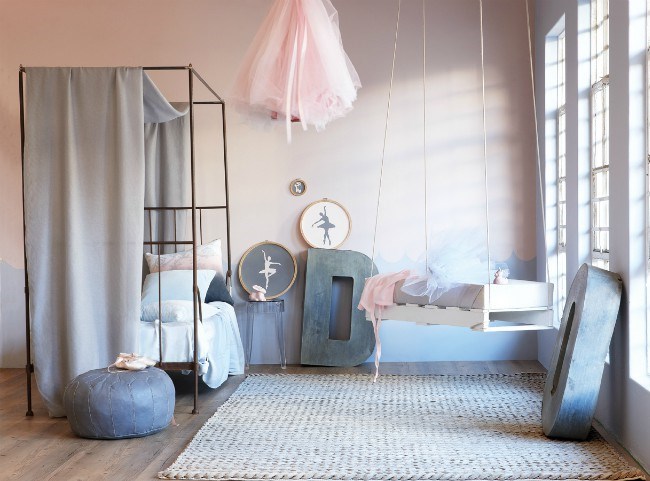 Colour can have a impact on how you feel physically, mentally and emotionally for more information on the therapeutic qualities of colour see: Great Examples of how Colour Therapy can be used to Lift Spirits at Work and at Home.
Colour can have a impact on how you feel physically, mentally and emotionally for more information on the therapeutic qualities of colour see: Great Examples of how Colour Therapy can be used to Lift Spirits at Work and at Home.


